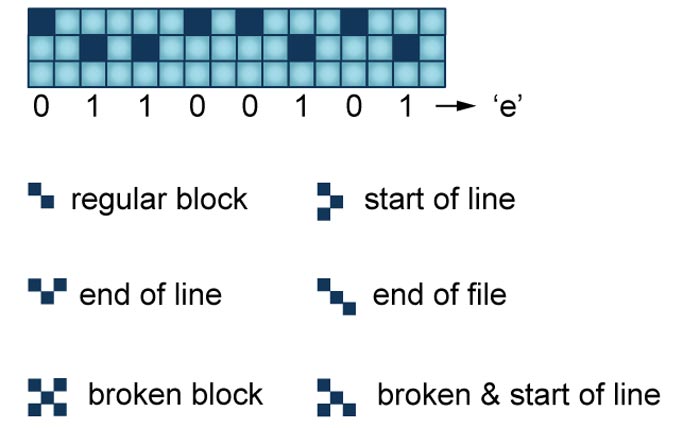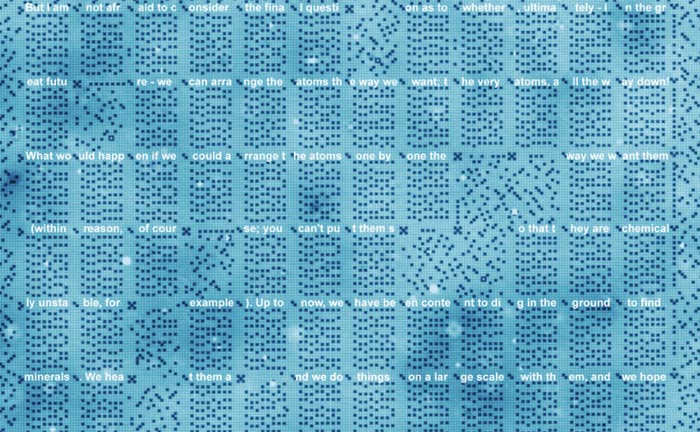Scientists based at Delft University of Technology in the Netherlands have built a working prototype storage device which “uses single atoms to store data”. The device packs in hundreds of times more data per square inch than the best current available tech. The headlining 500 Terabits per square inch data capacity is about 500x better than the highest capacity hard disks available now.

“In theory, this storage density would allow all books ever created by humans to be written on a single post stamp,” said lead scientist Sander Otte, explaining the potential of this research.
In the prototype a flat copper bed was covered with about 60,000 chlorine atoms scattered at random, purposely leaving roughly 8,000 empty spaces among them. Next a scanning tunnelling microscope (STM) arranged the atoms into a grid with gaps, as you can see in the pictures. Atoms can be pushed around to leave holes, making patterns that can represent data. Thus data is recorded like components in a sliding puzzle (see video above).

Speed is an issue with the storage right now. The initial ‘formatting’ of the one kilobyte storage space took about a week, however re-writes to change the data stored upon it took “just a few hours”.

For the prototype to work an ultra-clean vacuum environment is required and operations take place at very low temperature (liquid nitrogen 77K). This is therefore more of a proof of concept than a practical storage device at its prototype stages. The scientists admit that “actual storage of data on an atomic scale is still some way off,” but this demonstration brings it a good step closer. As a next step other surface metals and atoms similar to Chlorine will be compared for performance and stability.













